#Paul Varley
Text
It is strange how the passage of time turns every work— and so every man— into fragments. Nothing whole survives— just as a recollection is never anything more than debris, and only becomes sharper through false memories.
Paul Valery, long ago
9 notes
·
View notes
Text









Analog Magazine, January 1979. Cover art by Paul Lehr, with additional art by Janet Aulisio, George Schelling, Brad Hamann and Broeck Steadman. Voyager photography uncredited.
#analog magazine#vintage magazines#vintage scifi#voyager#john varley#sam nicholson#jon lomberg#orson scott card#donald r lambert#kenneth jon rose#robert thurston#paul lehr#janet aulisio#george schelling#brad hamann#broeck steadman
3 notes
·
View notes
Text

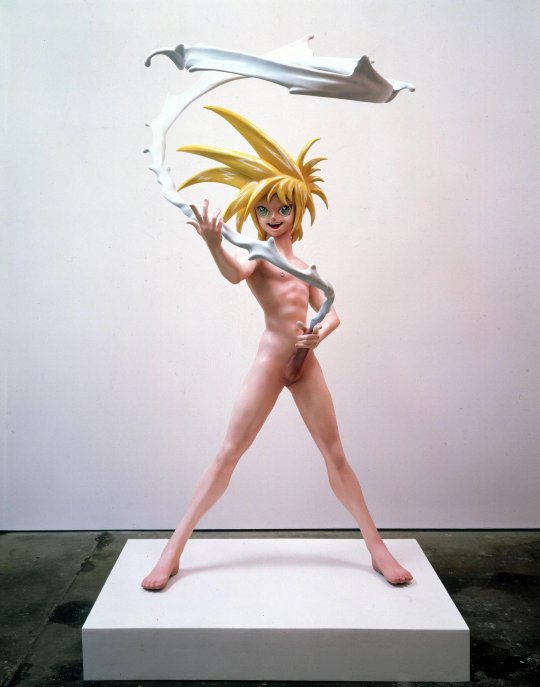









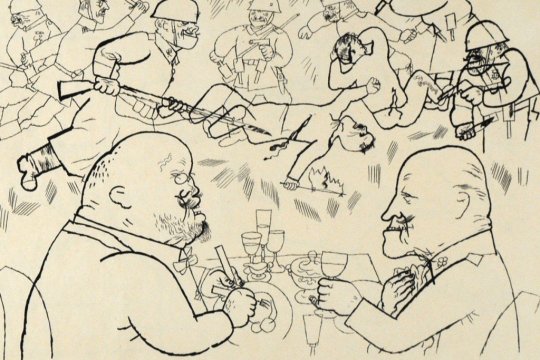
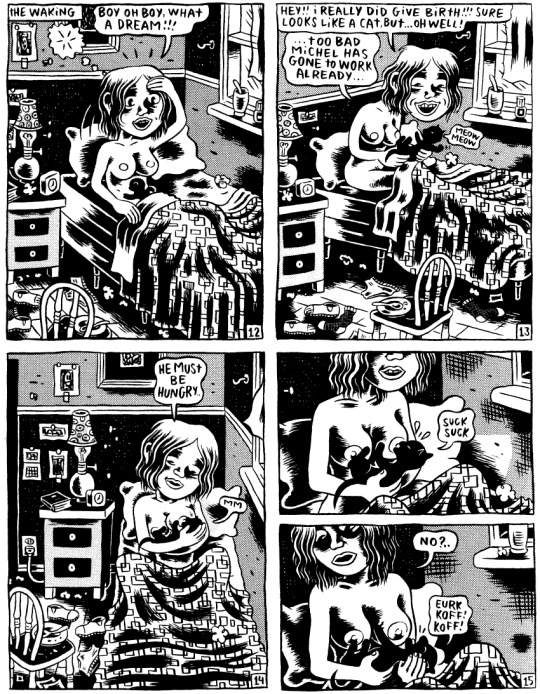
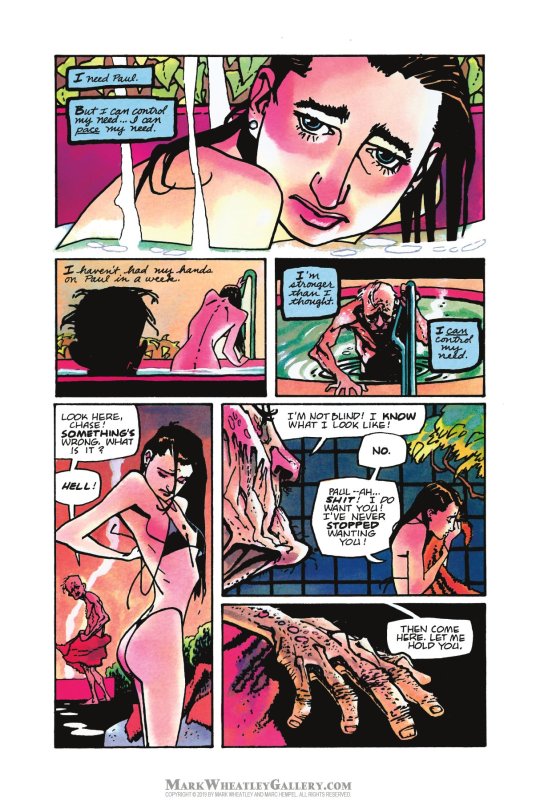
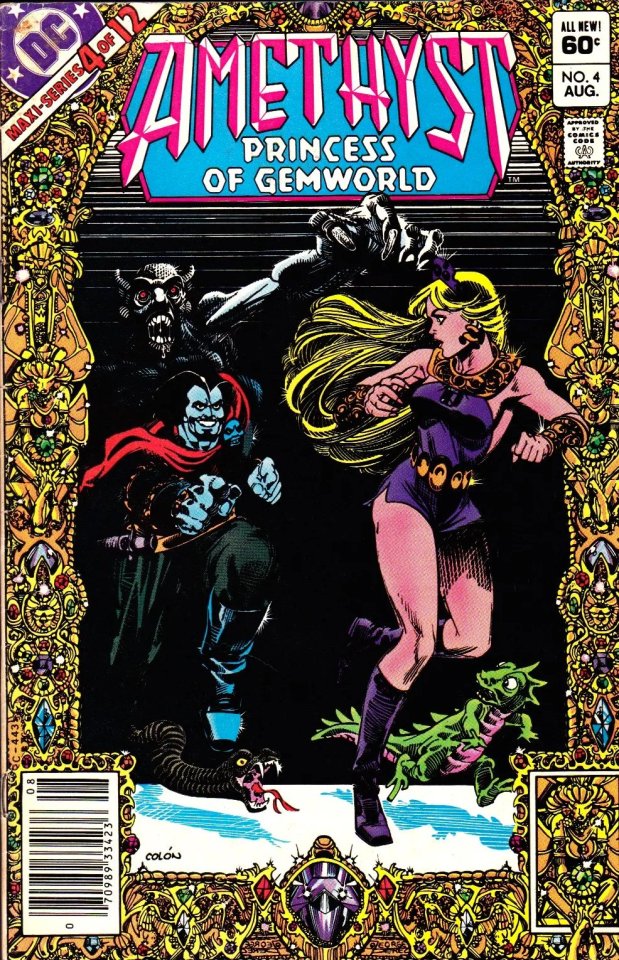
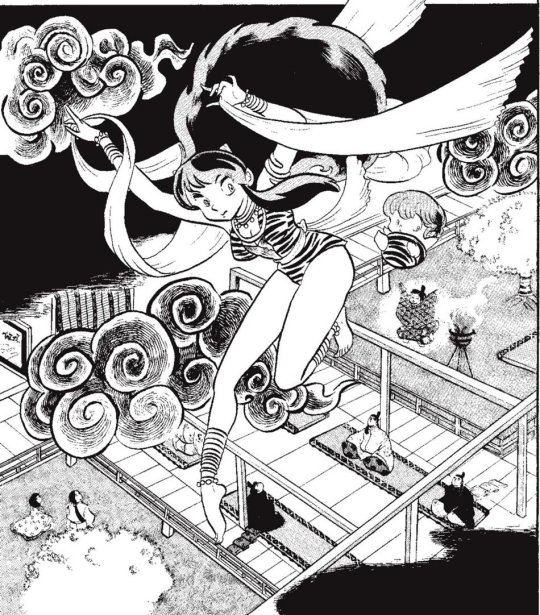
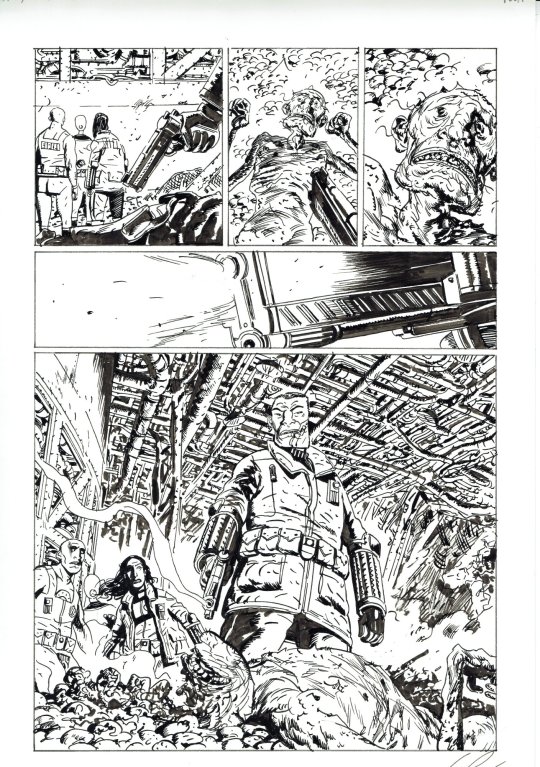
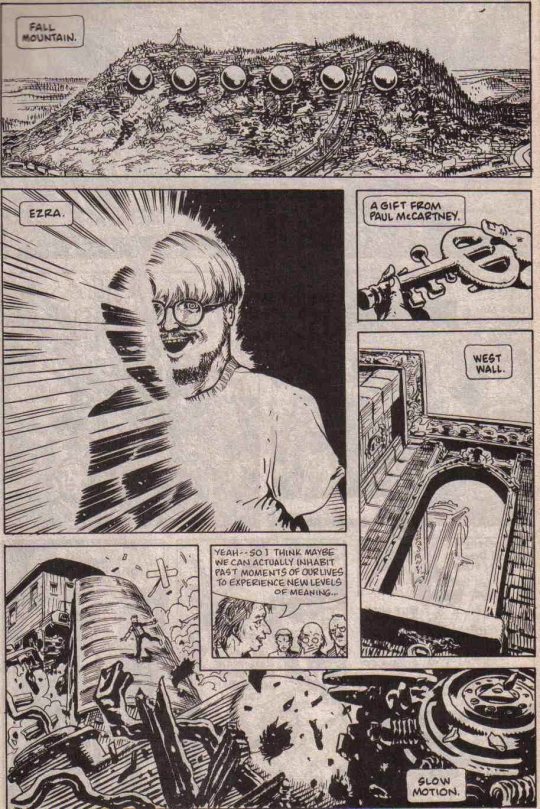


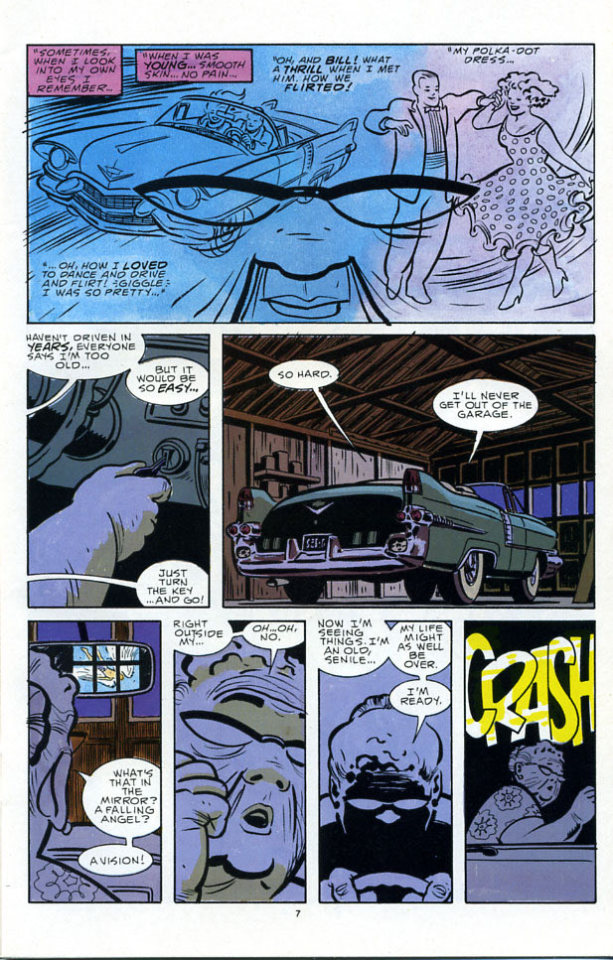
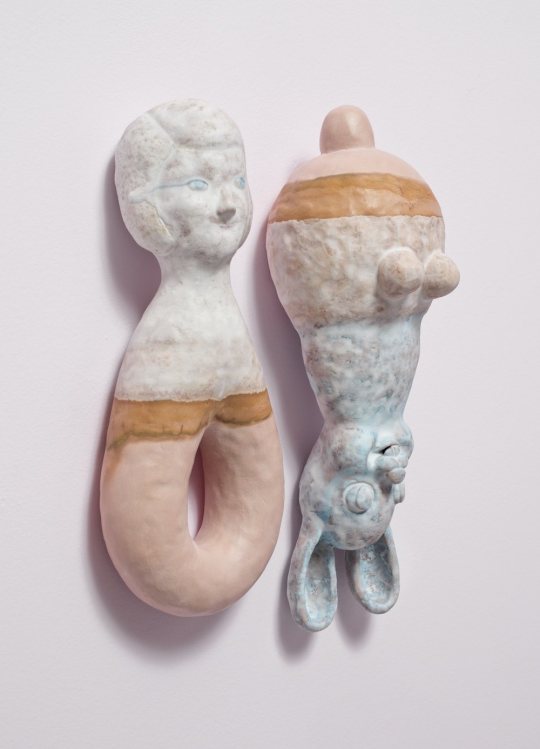
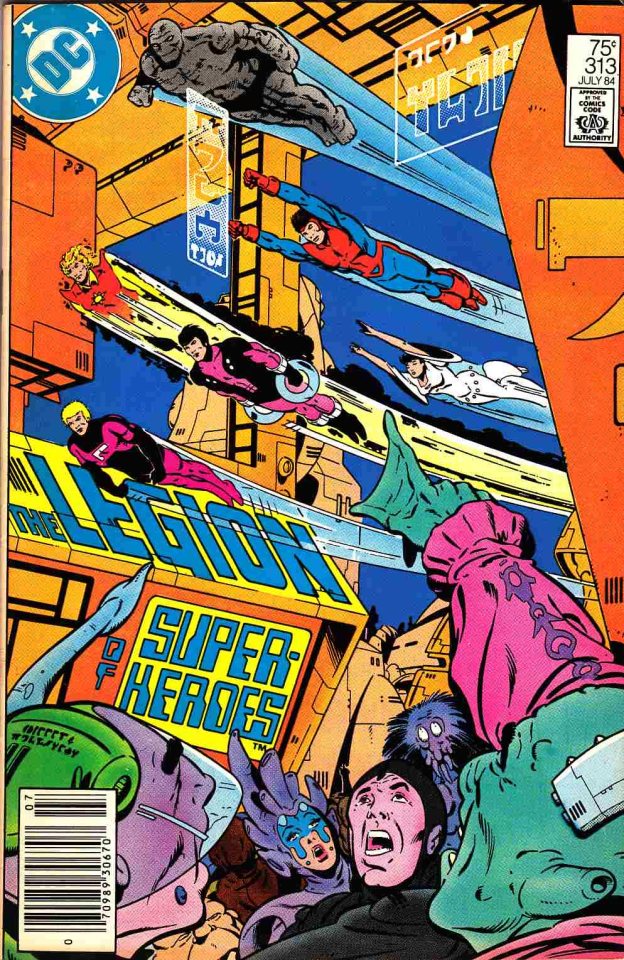

Archiving my artistic influences thread from twitter. I liked this exercise, for all the usual narcissistic reasons, but also bc by juxtaposing all these artists that have affected me, I see where they connect to each other as well as myself. - Part 1 - Part 2 - Part 3 -
Harold Gray
Takashi Murakami
Paul Pope
Henry Darger
Gary Panter
Robert Rauschenberg
Lynn Varley
Frank Miller
Shigenobu Ohashi aka Butanohana
Bwana Spoons
Aya Takano
George Grosz
Julie Doucet
Mark Wheatley & Marc Hempel
Ernie Colon
Rumiko Takahashi
Guy Davis
Rick Veitch
Ryan Cecil Smith
Hellen Jo
David Mazzucchelli
Michaelene Walsh
Keith Giffen
Christophe Blain
#artistic influences#Harold Gray#Takashi Murakami#Paul Pope#Henry Darger#Gary Panter#Robert Rauschenberg#Lynn Varley#Frank Miller#Shigenobu Ohashi#Bwana Spoons#Aya Takano#George Grosz#Julie Doucet#Mark Wheatley & Marc Hempel#Ernie Colon#Rumiko Takahashi#Guy Davis#Rick Veitch#Ryan Cecil Smith#hellen Jo#David Mazzucchelli#Michaelene Walsh#Keith Giffen#Christophe Blain#Butanohana#comic books
83 notes
·
View notes
Text
Moments I adored in S3p2 a non exhaustive list:
Prudence tearing up at Penelope’s wedding
Eloise full runny nose ugly crying (in the prettiest way) at the wedding
Portia being so ungodly awkward wandering around the room trying not to look at Colin and Penelope the one time they were chaperoned not knowing how fully too late that attempt was
Benedict’s stunned look after his first kiss with Paul followed by the most passionate biting second kiss
Benedict playing with Paul’s hair while the three of them lie in a big tangle
The Mondritch son going slack jawed at the sight of Hyacinth
“Varley! Release the bugs!”
#bridgerton#bridgerton season 3#polin#polin bridgerton#bridgerton season three#penelope bridgerton#colin x penelope
53 notes
·
View notes
Note
What’s Masafusa relationship with Minamoto no Yoshiie and how did he become Yoshiie’s teacher for the art of war?
Apparently while they were contemporaries, this is just a legend (source; source 2 - check p. 364). Wikipedia presents it as a historical fact… but the source cited in Masafusa’s article (the claim is unsourced in Yoshiie’s) does not. It just summarizes an episode from Kokon Chomonjū according to which after the Zenkunen War Yoshiie arrived in the imperial court to report on his deeds. Masafusa was not impressed with him because he lacked theoretical knowledge about warfare despite his accomplishments. One of Yoshiie’s soldiers overheard this and shared this information with him; Yoshiie surprisingly agreed with Masafusa’s evaluation, and approached him to become his disciple. Later on the knowledge he acquired from him let him discover disguised enemy soldiers during the Later Three Years War.
A fairly similar legend is also recorded in the Ōshū Gosannen Ki (“Chronicle of the Later Three Years War in the Mutsu Province”; completed in 1347, but based on an older illustrated scroll created less than a century after the war). Here the same deed is presented as the result of reading a military treatise authorted by Masafusa (no title is provided), which taught him that “when soldiers conceal themselves in the grasses of plains, they disturb flocks of geese”. Note that the same work also credits him with returning soldiers who have frozen to death to life, so its reliability is dubious at best.
There is one more problem: Paul Varley, who covered this legend in Warriors of Japan as Portrayed in the War Tales, mentions that he failed to locate any work of Masafusa that would fit, and points out that the passage instead finds a close parallels in a quote attributed to Sun Tzu (see here). While I’m not familiar with Masafusa’s entire body of work, it indeed doesn’t really fit his main interests, like Chinese literature, classical poetry, governance, or anecdotes about immortality, rebirth in the pure land or repentant sinners.
Yet another version of the legend is preserved in Tandai Shōshin Roku (see here), written in the early nineteenth century by Ueda Akinari. It’s basically an abridged edition of the above: Yoshiie met Masafusa while he was reporting his victories in the imperial court. Masafusa was not impressed with him because despite his military deeds he was not familiar with the study of the art of war. Yoshiie took this criticism to his heart and asked him if he can become his disciple and learn strategy and tactics from him. The translators of the annotated English edition stress that this account does not reflect historical events; Ueda actually just brings it up to illustrate a point he’s making about people in the past being often well versed in both poetry and warfare, in contrast with his contemporaries.
For what it’s worth, I do think this sort of petty commentary is in line with Masafusa’s historical penchant for gossiping, so if you are asking because you’d like to write something about them, despite the incident not being genuine history I do think relying on it for characterization is fair game.
Something that can be considered a further particularly divergent variant of the legend shows up in the preface of the Heihō Hijutsu Ikkansho (“The Single Scroll of Secret Martial Technique”). This text is a fourteenth century compilation of military esoterica. Supposedly it was originally written by Zhang Liang (a famed ancient Chinese strategist), arrived in Japan during the reign of the legendary emperor Kaika, got lost until the reign of Jingu (and then again, this time for good, when her son Ōjin became the emperor), got reimported from China by Ōe no Koretoki at the request of emperor Daigo, with Masafusa being responsible for editing it later. Yoshiie was then granted the right to use it before the war by the imperial court.
In reality, no copy of Heihō Hijutsu Ikkansho predates the early 1300s, and while part of the text does reflect Chinese - specifically Tang dynasty Daoist - sources, for the most part it is a fairly standard work of medieval Japanese esoterica. You can learn more about it in R. Keller Kimbrough’s article Casting Spells: Combat Charms and Secret Scrolls in the Warrior Fiction of Late Medieval Japan.
4 notes
·
View notes
Photo

Warriors of Japan: As Portrayed in the War Tales
Paul Varley, who passed away in 2015, was a professor of Japanese history at Columbia University for many years before coming to the University of Hawai’i. He specialized in the Kamakura and Muromachi periods. Varley's book, Warriors of Japan: As Portrayed in the War Tales, deals with a specific genre of Japanese literary work from his history specialty.
Japanese literature from the Nara and Heian periods mostly focused on the lives of the court aristocratic class, but, with the rise of the samurai class, a new style of writing called "war tales" emerged to reflect warrior values. War tales have two important scholarly values. First, they contain key historical information that is often absent in other sources. Second, they form an influential strand in Japanese literary traditions that successive generations of writers have drawn upon for inspiration. While Japanese war tales are significant primary sources, modern readers tend to perceive them as dull to read. In addition, like many historical texts and documents, the meaning of war tales is not always clear. For that reason, Varley's book is extremely valuable because it goes through the major war tales and provides complementary descriptions and explanations for these texts.
Continue reading...
41 notes
·
View notes
Text
My dear friend @ratsalad tagged me to spell out my URL with song titles! I'm going to try to do the first song that comes to mind for each letter. Here we go!
Born Again by Saint Motel - youtube/spotify
Almost Human by Aurelio Voltaire - youtube/spotify
Clean Slate by The Mountain Goats - youtube/spotify
Odds Are by Barenaked Ladies - youtube/spotify
Nights Become Days by Frank Turner - youtube/spotify
The Pitch by Paul Shapera - youtube/spotify
Nothing Like You by Frightened Rabbit - youtube/spotify
Call It What You Want by Foster the People - youtube/spotify
Adelaide's Lament from Guys and Dolls - youtube/spotify
King for a King by Will Varley - youtube/spotify
Easier by The Crane Wives - youtube/spotify
The Suspender Man by Steam Powered Giraffe - youtube/spotify
In return I shall tag @alanabloommd, @plangentia, @parseisflat, @superhell, and anyone else who wants to do this!
#thanks again vi ily enjoy your hiatus lol#all of these songs slap but if you listen to any of them make it odds are or nothing like you or suspender man#let's talk about that
6 notes
·
View notes
Photo
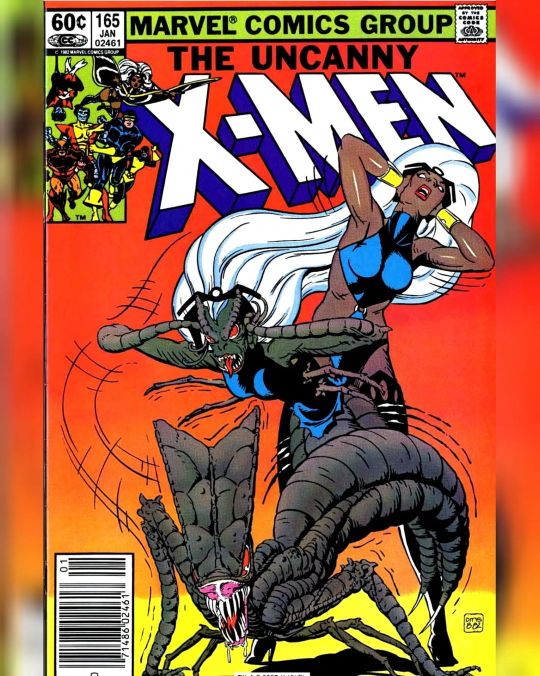
Uncanny X-Men vol 1 165 (1983) . Transfigurations . Written by Chris Claremont Penciled by Paul Smith Inked by Bob Wiacek Colors by Lynn Varley Lettered by Tom Orzechowski Edited by Louise Jones and Danny Fingeroth . Storm had broken free of the Brood-egg's control and had somehow merged spiritually with a massive alien. She reunited with the X-Men's spacecraft to look for the Brood... . See more relevant content here: #marvelman901xmen #marvelman901storm #marvelman901wolverine #marvelman901colossus #marvelman901brood #marvelman901shiar #marvelman901lilandra #marvelman901shadowcat #marvelman901nightcrawler #marvelman901cyclops . #xmen #cyclops #brood #shiar #lilandra #colossus #wolverine #shadowcat #storm #nightcrawler #acanti #paulsmith #80s https://www.instagram.com/p/CmBHsNrNq_A/?igshid=NGJjMDIxMWI=
#marvelman901xmen#marvelman901storm#marvelman901wolverine#marvelman901colossus#marvelman901brood#marvelman901shiar#marvelman901lilandra#marvelman901shadowcat#marvelman901nightcrawler#marvelman901cyclops#xmen#cyclops#brood#shiar#lilandra#colossus#wolverine#shadowcat#storm#nightcrawler#acanti#paulsmith#80s
11 notes
·
View notes
Text
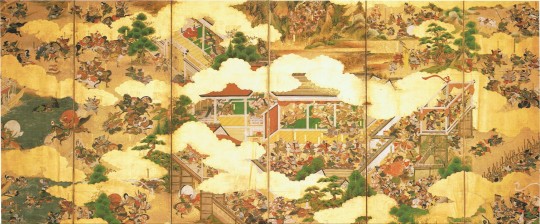
THE GENPEI WAR: RISE OF THE SAMURAI.
The Genpei War, a pivotal chapter in Japanese history, didn't erupt overnight. It was the culmination of a complex and tumultuous political landscape in late Heian Japan. To truly appreciate the significance of this conflict, let's journey back in time and explore the intricate web of political rivalries, power struggles, and events that led to the outbreak of the Genpei War.
In the late 11th and 12th centuries, the Japanese Imperial Court held a prestigious but largely symbolic role. True political power had shifted into the hands of provincial warriors, the samurai, leaving the Imperial Court weakened and divided by factionalism.
One of the dominant factions in this era was the Taira clan, led by the influential Taira Kiyomori. Kiyomori's rise to power was marked by cunning political maneuvering and the placement of loyal Taira members in key government positions.
Rivaling the Taira were the Minamoto, led by the ambitious Minamoto Yoritomo. They sought to challenge Taira's supremacy and establish their own influence within the Imperial Court.
Both Taira and Minamoto clans manipulated the Imperial Court in their favor. Behind-the-scenes maneuvering and political intrigue became commonplace as they vied for control and influence.
The spark that ignited the Genpei War was the dispute over the imperial succession. When Emperor Takakura passed away in 1180, two potential heirs emerged, each backed by a different faction. Emperor Antoku, supported by the Taira, and Emperor Go-Toba, supported by the Minamoto, became pawns in this high-stakes power struggle.
Adding fuel to the fire were local disputes and conflicts over territories and resources, further destabilizing the already fragile political landscape.
The Genpei War was not merely a clash of armies; it was a culmination of years of political maneuvering, deep-seated rivalries, and power struggles that transformed Japan forever.
In the coming posts, we will journey deeper into the heart of this conflict, exploring its major battles, key figures, and its profound impact on Japanese society and governance.
Stay tuned as we unravel the epic saga of The Genpei War, one of the most transformative chapters in Japan's history!
References:
"Samurai: The Making of Japan's Warrior Elite" by Karl F. Friday
"The Tale of the Heike" translated by Helen Craig McCullough
"The Cambridge History of Japan, Volume 2: Heian Japan" edited by Donald H. Shively and William H. McCullough
"Warriors of Japan: As Portrayed in the War Tales" by Paul Varley
"A History of Japan: From Stone Age to Superpower" by Kenneth G. Hensha
"War and State Formation in Ancient China and Early Modern Europe" by Victoria Tin-bor Hui
#GenpeiWarSamuraiHistoryJapaneseHistoryMedievalJapanHeianEraTairaClanMinamotoClanWarriorCultureHistoricalConflictFeudalJapan#genpeiwar#samurai#japan#history#heian era#heian period#bushido
3 notes
·
View notes
Text
⬇️ Tag drop ⬇️
Actors & Actresses
al st john
alan tudyk
aleksandr demyanenko
aleksandr trofimov
aleksei kuznetsov
alexandra yakovleva
alice lake
alice mann
alisa freindlich
alla demidova
anastasiya vertinskaya
anita page
andy whitfield
anne cornwall
barbara brylska
bartine burkett
ben barns
beulah booker
brown eyes
bruno ganz
buster keaton
conrad veidt
dmitri zolotukhin
dorothy christy
dorothy sebastian
edward norton
ekaterina savinova
eleanor keaton
evgeniy leonov
heath ledger
igor starygin
inna churikova
innokenty smoktunovsky
irene purcell
irina alfyorova
ivan pyryev
jack black
jason isaacs
joe keaton
joe roberts
karin boyd
kate beckinsale
kate price
kathleen myers
kathryn mcguire
klara luchko
klaus maria brandauer
larisa guzeeva
linda hamilton
liv tyler
luciena ovchinnikova
luke the dog
lyudmila gurchenko
marceline day
margaret leahy
margarita terekhova
marina dyuzheva
marion byron
marion mack
mikhail boyarsky
mikhail kozakov
mona maris
nadezhda rumyantseva
naomi watts
natalie talmadge
natalya krachkovskaya
natalya seleznyova
natalya varley
nora arnezeder
norman reedus
oleg menshikov
oleg tabakov
orson welles
paul bettany
paulette dubost
peter falk
phyllis barry
phyllis haver
renee adoree
rosalind byrne
roscoe arbuckle
ruth dwyer
ruth selwyn
sally eilers
sally o'neil
snitz edwards
sofiko chiaureli
sofiya pilyavskaya
sybil seely
tatyana lyutaeva
thelma todd
tilda swinton
tom hiddleston
valentin smirnitsky
veniamin smekhov
virginia fox
whitney houston
yanina zheymo
yelena ukrashchyonok
yuriy yakovlev
Characters
anne of austria
aramis
assol
athos
bagheera
baloo
buckingham
cardinal richelieu
constance bonacieux
d'artagnan
daryl dixon
edward rochester
geoffrey chaucer
grigori rasputin
king louis xiii
laura lyons
milady de winter
mowgli
peter the great
porthos
raksha
sarah connor
shere khan
van helsing
Origin
american cinema
american tv show
austrian cinema
barbie movies
behind the scenes
czech cinema
french cinema
german cinema
hungarian cinema
other peoplez edits
russian animation
russian cinema
silent cinema
soviet animation
soviet cinema
soyuzmultfilm
Directors
adolf trotz
aleksandr ptushko
aleksandr sery
alexander rowe
aleksey korenev
alla surikova
andrei tarkovsky
brian helgeland
don bluth
edward sedgwick
eldar ryazanov
gary goldman
georgi yungvald-khilkevich
gleb panfilov
igor maslennikov
istván szabó
james cameron
jim jarmusch
kirill mikhanovsky
leonid gaidai
mikhail shapiro
mikhail tsekhanovsky
nadezhda kosheverova
owen hurley
peter jackson
robert stevenson
sergey gerasimov
stephen sommers
svetlana druzhinina
vadim medzhibovskiy
vera tsekhanovskaya
vladimir menshov
wim wenders
Time Periods
1910s
1920s
1930s
1940s
1950s
1960s
1970s
1980s
1990s
2000s
2010s
Films & Shows
a cruel romance
a knight's tale
a man from boulevard des capucines
adventures of mowgli
anastasia
at the beginning of glorious days
back stage
barbie as rapunzel
barbie as the princess & the pauper
barbie in the 12 dancing princesses
barbie in the nutcracker
barbie of swan lake
battling butler
carnival night
cinderella 1947
clever dog sonya
college
coney island
convict 13
cops
d'artagnan and the three musketeers
dämen der frauen
daydreams
der himmel über berlin
doughboys
for family reasons
free and easy
gentlemen of fortune
give me liberty
go west
good night nurse!
hard luck
high sign
his wedding night
ivan vasilievich changes occupation
jane eyre 1943
le roi des champs-élysées
look for a woman
love and doves
maugli
midshipmen onwards!
mirror
moonshine
morozko
my wife's relations
musketeers twenty years after
neigbors
oh doctor!
one week
only lovers left alive
operation y and shurik's other adventures
our hospitality
out west
parlor bedroom and bath
pokrov gates
prince of foxes
prisoner of the caucasus or shurik's new adventures
scarlet sails
seven chances
sherlock jr
sidewalks of new york
spartacus: blood and sand
spartacus: gods of the arena
speak easily
spite marriage
steamboat bill jr
sweet november
terminator 2: judgement day
the adventures of sherlock holmes and doctor watson
the balloonatic
the beginning
the bell boy
the blacksmith
the boat
the bodyguard
the butcher boy
the cameraman
the cook
the electric house
the fellowhip of the ring
the frozen north
the garage
the general
the girls
the goat
the haunted house
the hayseed
the holiday
the hound of the baskervilles
the incredible hulk
the irony of fate or enjoy your bath!
the kuban cossacks
the lord of the rings
the love nest
the navigator
the painted veil
the paleface
the passionate plumber
the rough house
the saphead
the scarecrow
the walking dead
the wild swans
the words
this is your life
three ages
van helsing
watch out for the automobile
what - no beer?
wings of desire
young russia
5 notes
·
View notes
Text
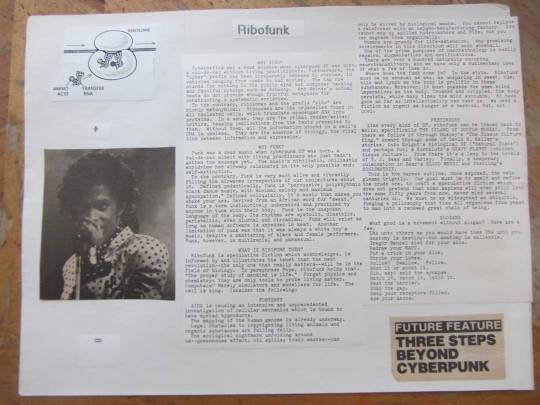
Ribofunk Manifesto by Paul Di Filippo
Bass and Varley. Finally, a temporary culmination in Bear's Blood Music and Sterling's Schismatrix.
This is the barest outline. Once exposed, the vein gleams brightly. Our goal must be to smelt and refine the crude ore, to craft a speculative fiction which does not pretend that homo sapiens will even still look the same fifty years from now.
We must be as widespread as ubiquitin, forging a philosophy that ties all organisms from yeast to man into a renewed great chain of being.
Slogans
What good is a movement without a slogan?
Here are a few:
DNA to others as you would have them DNA to you.
Anatomy is destiny--but anatomy is malleable.
Gregor Mendel died for your sins.
Redraw your MAP2
Strobe your lobes.
Match it, batch it, latch it.
Snap the gap.
Axe your axons.
3 notes
·
View notes
Text








Jump Leads was a longform webcomic. It originally launched in July of 2007, and we did our best to post 2-3 pages a week. There are ten issues ranging from between 4 and 45 pages in length (the two shortest issues don't have covers).
The comic followed Meaney and Llewellyn - two trainees in the Lead Service, an organization that attempts to police the multiverse by traveling to alternate realities and "fixing" things.
What it is that they fix is never made particularly clear, but that's not important because Meaney and Llewellyn's first field training exercise goes so completely and utterly off-the-rails that the captain chaperoning them gets killed by robots, and the ship they use to travel between universes is, it turns out, broken. So they can't go home. Oops.
The comic ended in 2012 after the artist, JjAR, could no longer devote time to the comic. Another artist, Mr. Phillby, helped us complete what ended up becoming our final issue, and we had G.I. Joe, Transformers and Doctor Who colorist Kris Carter step in to help with colors.
That last issue was supposed to end the first chapter of the comic, and instead became its finale. Again, oops.
So what next? Well, for the last God Has It Really Been Seven Years, Jump Leads' original creator, @benpaddon, has been working hard to reboot it as an audioplay series. A pilot was recorded in 2015. In 2019, wheels finally started turning for a season of six episodes.
And then the pandemic happened.
We ended up recording the first two episodes remotely before putting the project on pause, but in late 2021 we recorded the second set of episodes, and in early 2022 the last two episodes of the season were recorded. Now, after a million billion years, post-production has finally begun (actually for a second time, thanks to the sudden death of a project hard drive), and we'll have a very nice announcement soon regarding actually releasing this thing.
Until then, please check out the original webcomic! There are places where you can definitely tell it was written by a bunch of people in their early 20s, but a lot of it still holds up.
The original webcomic was a collective effort. It was created by Ben Paddon with art and character design by JjAR. Issues were written by Ben Paddon, Euan Mumford, Benjamin "Pooka" Maydon, Paul Varley, Kris Carter, and Andrew Taylor. Additional art for issue 10 was provided by Mr. Phillby, with colors by Kris Carter.
5 notes
·
View notes
Text




Analog Magazine, February 1979. Cover art by Dean Ellis, additional art by Broeck Steadman, Paul Lehr and George Schelling.
#analog magazine#vintage magazines#vintage scifi#frank herbert#john varley#dean ellis#broeck steadman#paul lehr#george schelling
0 notes
Note
(How much influence did DUNE have on what you write? And has anything else inflenced you?)
(Let's face it, I've ripped a lot of Dune off here. I first read dune in like, 2001? Less so ripped off the sequels, because Paul breaks their society.
Other things i have taken inspiration from/ripped off
Revelation Space by Alistair Reynolds, particularly the Nostalgia For Infinity and the Ultranaughts
The Nights Dawn Trilogy by Peter Hamilton, especially the Cosmoniks
The Myth Series by Robert Aspirin.
Jeeves and Wooster.
The Golden Globe by John Varley, to a very limited extent. Mostly for Space Puppets and some cyborg implants.
Star Wars
these are things that came to mind over the course of several minutes drinking water and watching Jenkins pipelines.)
1 note
·
View note
Link
Check out this listing I just added to my Poshmark closet: Fishing Techniques Ecology History How To Reference Homeschool Hobby Education.
0 notes